There are a number of similarities and differences between centipedes and millipedes. For starters, centipedes and millipedes look alike — at first glance. A closer look will reveal many differences. Centipedes have flattened bodies and a pair of long, slender antennae. They also have a pair of claws just behind the head. Millipedes and centipedes have segmented bodies, but millipedes have short antennae. Centipedes have roughly 15 pairs of long legs and only one pair on most of its body segments, while millipedes may have up to 30 pairs of legs. Centipedes are faster than millipedes, so they are tougher to catch.
Millipedes and centipedes live in just about every part of the world. Millipedes prefer to live in dark, damp places, while centipedes prefer places where they can hunt for insects and spiders. The millipede prefers to eat moist, decaying organic matter. Chances are, most people will come across a millipede and not a centipede, specifically the greenhouse millipede.
The types of millipedes and centipedes that enter homes usually do not bite. They do feed on vegetation and they can do damage to turf. Just because millipedes don’t bite, this doesn’t mean that these arthropods are welcome visitors. If you see many of them in a short period of time, they can become a nuisance.
One of the easiest ways to control centipede and millipede populations is to take away their food and shelter source. If you destroy their feeding and breeding grounds they will hunt for another place to dine and reproduce. Other ways to control millipede populations in the home is to repair (seal) splits and cracks in foundation walls, and around doors, basement windows, and similar openings. Properly ventilated basements and crawl spaces are a turn off for millipedes and centipedes as well. And finally, some basic cleaning should help as well. If you remove food sources, dust and clean the area, repair cracks (common in basements), and destroy all food and shelter sources and you still see a millipede or two here and there, you can try chemical control. Visit any hardware or home and garden retailer to browse through a number of effective options.
All About Worms is always free, always reader-supported. Your tips via CashApp, Venmo, or Paypal are appreciated! Receipts will come from ISIPP Publishing.





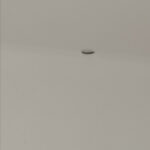
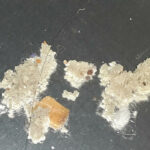
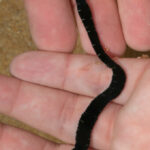
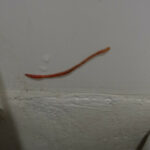
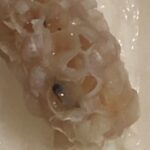
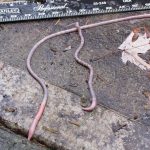




I have a small round worm under a dresser that we keep under our deck. .We have cleaned them up a couple of times but they keep returning. They are hard shelled and are in very small circles. They don’t seem to be alive but boy there are a lot of them. What can we use to get rid of them? Thanks